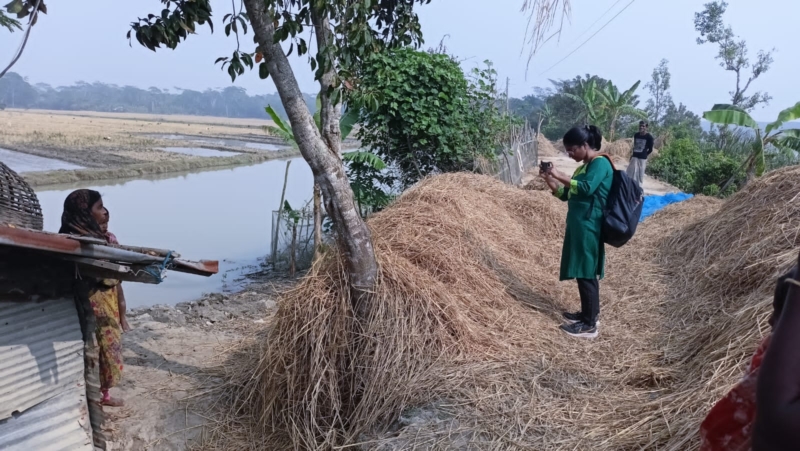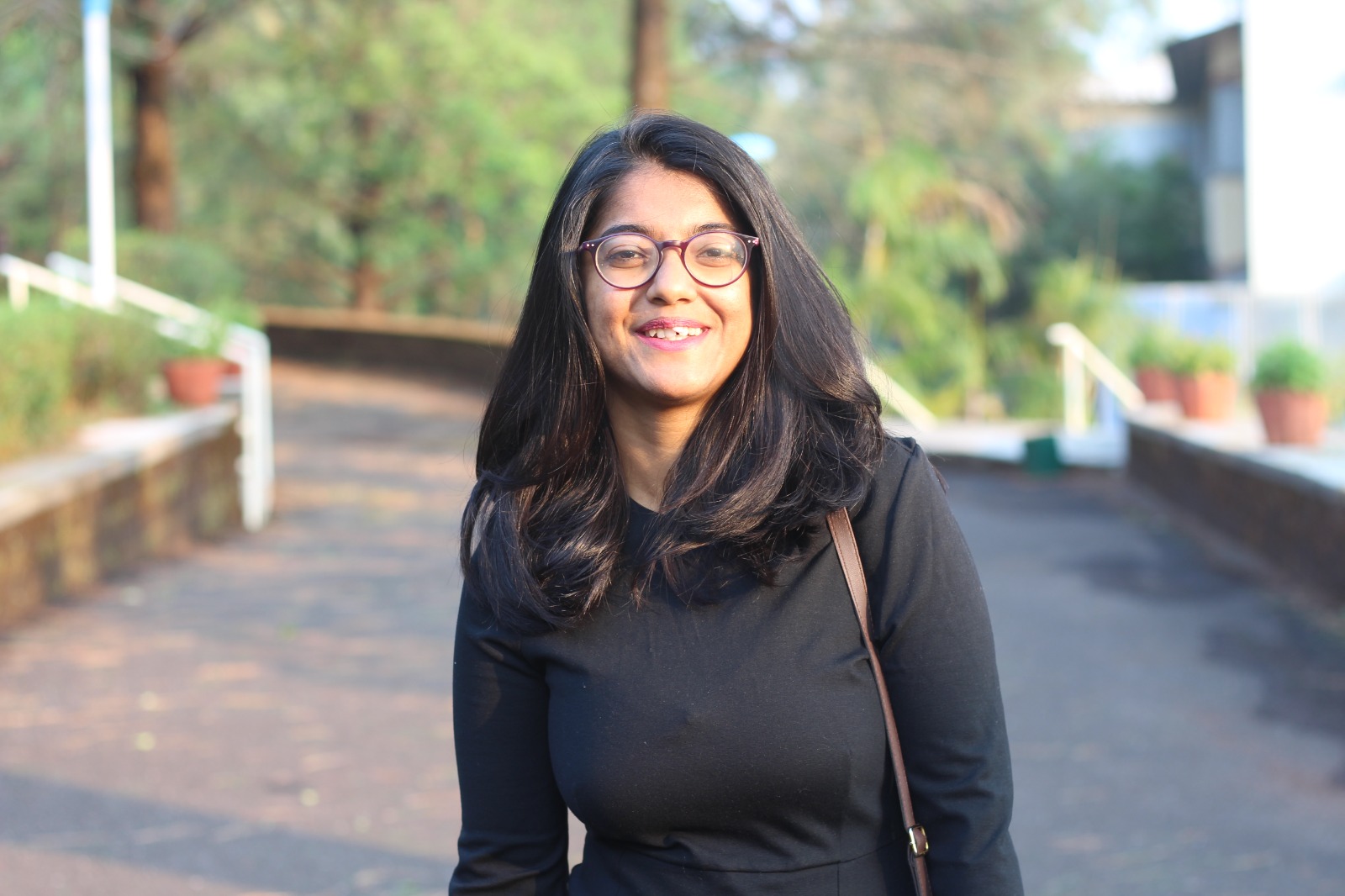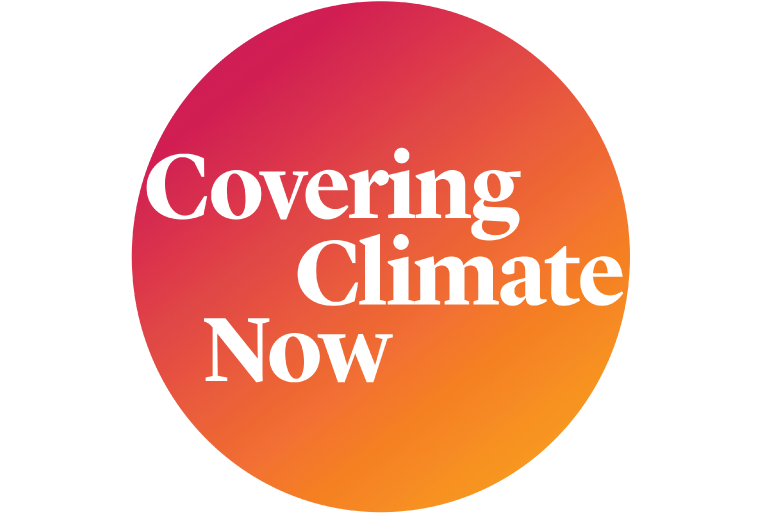Sign up for the daily CJR newsletter.
For the past couple of years, freelance journalist Ritwika Mitra has focused much of her work on communities at the “front lines” of the climate emergency in her native India, reporting closely on the human impacts of this accelerating crisis. In particular, she has reported from the Sundarbans, a large coastal region stretching across parts of West Bengal, in India, and Bangladesh. The region has suffered flooding, river erosion, soil salinization—all the result of rising seas in the Bay of Bengal—and, perhaps worst of all, intensifying cyclones.
Mitra covers the consequences for the people of the Sundarbans, in particular women and children—and she was among this year’s finalists for the Covering Climate Now Journalism Awards. CCNow spoke recently with Mitra about the dire long-term consequences of disasters, her decision to go freelance, and the relevance of labels in earning trust with communities. The conversation, with CCNow deputy director Andrew McCormick, has been edited for length and clarity. Follow Mitra on social media.

To start, can you help set the scene? How would you describe the Sundarbans, and what drew you there as a reporter?
Sundarbans has been called the cyclone capital of India. It’s this set of wetlands, one of the largest mangrove forests in the world—and it’s fast-shrinking.
When storms hit, there’s the immediate fallout, of course, like houses being blown away—and, in fact, you’ll find when you return a year later to report, there are often still no houses. But even more importantly, there’s how all of this completely disintegrates livelihoods and families. There’s very little food; in household after household, you might see only a kilo of potatoes and a few onions. And everywhere, people are entering these cycles of forced migration. In the villages, the men have left to find work. Increasingly, women are leaving also. It’s the ultimate level of distress, and with so many on the move, you see more human trafficking, often of women and young girls.
The government, meanwhile, is promoting this area as a hub for ecotourism—it’s marketed as this romantic and wonderful region, filled with biodiversity—completely ignoring the people who live here, and never mind the increased pollution this brings. We’re doing so much to attract tourists but so little to come up with solutions for the local population.
I wanted to investigate the circumstances under which all of this was happening. And what we find here is a lot of horrible human rights violations taking place as a kind of ripple effect of the climate crisis.
Tell us a bit about your background as a journalist.
I started out at the Indian Express, which is a daily newspaper in the Delhi area. I edited for roughly two years, and then I became a reporter at another daily, the Deccan Herald. My primary beat was health, and I also took a great interest in social justice.
I enjoyed what I was doing, but over time I realized more and more that the mainstream news did not really consider these important beats. The only times my stories would get on page 1, for example, was when hospital workers went on strike or when there was a major disease outbreak; otherwise, health was considered a “soft” subject. My editor was very supportive, but from other newsroom colleagues I would sometimes sense a kind of disdain. I would return to the newsroom from a burn ward—where patients were waiting for months for a surgery, with practically no access to facilities, because there were these enormous queues—and someone would comment on what I was wearing, like, “Wow, where do you go to report that you’re able to be so dressed down?” I had an intern talk to me like, “Oh, you don’t cover politics, but I cover politics.”
And I would just wonder where we were headed as a newsroom. Because to me, patients not having bedsheets in hospitals seemed so important; three pregnant women in one bed seemed like a story! But it was also the norm for government-run hospitals, and our desensitization was so high that this was never considered news enough. My newsroom was more ethical than this, but other organizations even had dictums about what constituted a health story—someone losing fifty kilos in a surgery at a private hospital would make more news than five hundred dengue deaths.
And eventually you decided to go freelance. What led you to make this change, and when did you become interested in climate reporting?
I’d been working at the New Indian Express for several years, and by the end of it, I was finding very little satisfaction in what I was doing. I felt I wasn’t doing a lot of actual journalism—just three-hundred-, four-hundred-word stories, no impact, relegated to the back pages. In addition to social justice and other beats, I had started covering tribal affairs. But with budget cuts, there was very little opportunity to travel, so I felt stuck in the power corridors of Delhi, reporting everything over the phone, instead of being able to go into the communities I was writing about.
And then COVID happened. On top of all these other factors, including salary cuts, it was suddenly much easier for me to take the plunge into freelancing—which I did, in mid-2021.
When it comes to climate change, historically I looked at it in this compartmentalized way. I remember talking to a friend who was an environment reporter and feeling, honestly, a little put off by the science of it all. I was interested in gender and caste and human rights and education. But after I went freelance, I started traveling more, including to the Sundarbans, digging into stories about gender and trafficking. Suddenly, everywhere I looked, it seemed climate change was a central theme. I could see it so starkly. One time, I was reporting on a story about missing children, mostly Adivasi [or Indigenous] girls, in Madhya Pradesh—they’d gone missing amid food shortages, in a region where child labor and child marriage are both common—and I realized, “Oh my God, climate change is so intrinsically linked with how Indigenous populations live, too.” The more I looked, I found the same was true of so many other stories I’d covered: homelessness, urban housing, hunger, and more.
To be clear, I’m not saying climate change is directly responsible for many of these issues. And the people I report on, they don’t typically say the words “climate change.” But it’s clear subtext. I did a long-form story for Fifty Two about a young woman in the Sundarbans who’d been trafficked, and originally I was approaching her story through the lens of intergenerational poverty. As I spoke with her, I realized she was naming one cyclone after another. She wasn’t even always distinguishing each from the other; those disaster experiences were just so firmly imprinted in her memory, and it was clear how strongly the storms had shaped her life.
How do you find that people in the communities you report on speak about all of this? Do they frame issues in their lives as matters of climate change?
This was such a challenge when I first started working on climate stories. When we go into the field and say straight away that we’re reporting on “climate change,” in so many words, it can make it that much more difficult to connect with communities. Because “climate change” is not necessarily the driving force in people’s lives, as far as they’re concerned. So I’d wonder, “Am I forcing this angle? Am I just coming in here with my own assumptions and thrusting them onto this community?”
I’m vegan, and so I started drawing an analogue with how I explain that to people when I travel. Often, I don’t use the word “vegan,” because in a village where there’s very little food and water, the concept of a specialized diet could sound absurd. Instead, I’ll say, “I only eat vegetables and fruits.” It helps to get rid of labels.
We have this widespread idea in India that “climate change” is an elitist notion. So I thought, “Okay, let’s break it down.” Now, instead of saying “climate change” directly, I ask, “How much agriculture did you produce last year, and how much this year?” And people will say, “Oh, instead of three tons of wheat last year, it was only one ton this year, and we had to depend on government rations.” And I’ll say, “Okay, do you think there’s more heat now than in past years?” or “Have you noticed changes in the rainfall?” And of course people can answer this question in great detail, because their lives and livelihoods depend on these things. These are simple ways of communicating about the realities of climate change—whereas, if I just say “climate change,” people often cannot relate.
In other words: I think journalists should try to learn from communities and not the other way around.
From trafficking to natural disasters, I imagine you’re often asking people to share some of the most extreme experiences of their lives. What else have you learned about earning their trust? How do you think about your responsibility to sources when you’re discussing these issues?
For me, it’s been very important to understand local and individual context. In Sundarbans, I was talking to a girl who was barely fourteen, who’d undergone an abortion and whose husband had been booked under India’s POCSO law [the Protection of Children from Sexual Offences Act]. I asked her about the experience, saying, you know, “What was wrong during that time?” She was very quiet, and eventually she told me, “Well, nothing was wrong.” From her perspective, this had been a good person; she said water did not percolate through the roof, like it had in her more makeshift living situation before the marriage, and she always had three meals a day.
That really hit me. And as I continued reporting, I found this was a pattern with very young girls, who viewed child marriage as, essentially, stability. Because, I mean, what have we given them that’s better? What has the government or society provided to them for us to be in any position to tell them that child marriage is wrong or that becoming a mother too young is bad for their health? These children are often getting married, or they’re married off, because their families don’t have resources, which climate change is only making worse; after every cyclone, you see a spike in these types of relationships. The result, in the Sundarbans, is that what comes across to us as a human rights violation might seem to a fourteen-year-old like a better arrangement.
So I’ve tried to step back from some of the binary judgments of right and wrong that I think we see in so much reporting. If I’m speaking with a young survivor, yes, I might understand parts of her story as “sexual violence,” “fraud,” “rape.” And if I speak with her for a very long time—if I develop a relationship with her, and if her mother is there to help ease her daughter into such conversations—I might eventually try to explore these ideas. But in a ten-minute conversation, when what I need is to understand this girl, it gets me nowhere to be pushing my own mindset and ideas about what constitutes victimhood.
Again, it comes down to labels. Every region is so heterogeneous, and reality can be so complex—as a journalist, I think it’s important for me to respect and leave space for that.
What are some of the big climate stories you’re following right now that you’d like to see more journalists paying attention to?
We should look at climate change and labor. In India, so many livelihoods are rooted in the informal economy, in home-based labor [such as craft and textiles work, often subcontracted by larger companies, which allows them to avoid taking responsibility for laborers]. I was working on a story recently and realized how much climate change is already disrupting many of these livelihoods—and not just in rural areas, where a lot of our climate coverage focuses, but in large urban areas, too.
We’ve talked about how climate change is affecting women and children, but I’d also like to see more work on how it’s affecting queer groups.
And I’d like to see more on climate change and mental health. While reporting, I’ve seen women just staring into nothingness, because their son, for example, has gone fishing and he hasn’t yet returned with the boat. There’s a pattern, and I think there’s growing awareness in many of the affected communities that this is an important issue.
Broadly speaking, how would you rate the state of climate coverage in Indian media today?
It remains a systemic problem that all of these subjects—environmental, social justice, tribal issues—are treated as “soft” beats. In general, climate change still receives the most weight when there’s a major natural disaster, as opposed to on a day-to-day level. And even then, there’s a regional bias; a flood in northeast India, in Kashmir, for example, would not receive as much coverage as a flood in Delhi.
That said, whether these stories are given their due and allowed to break through the news cycle is not usually a decision made by reporters. And a lot of reporters, including reporters from mainstream outlets, are very frustrated by this.
Has America ever needed a media defender more than now? Help us by joining CJR today.









